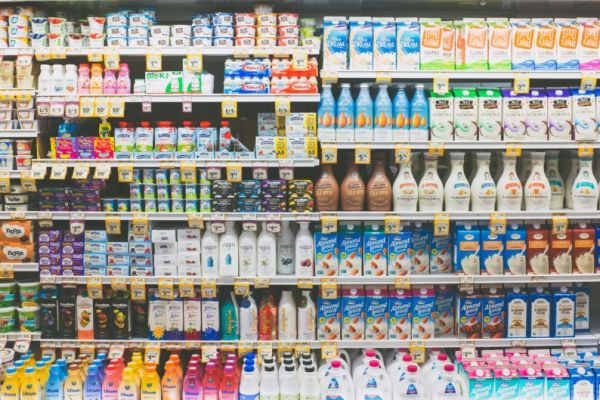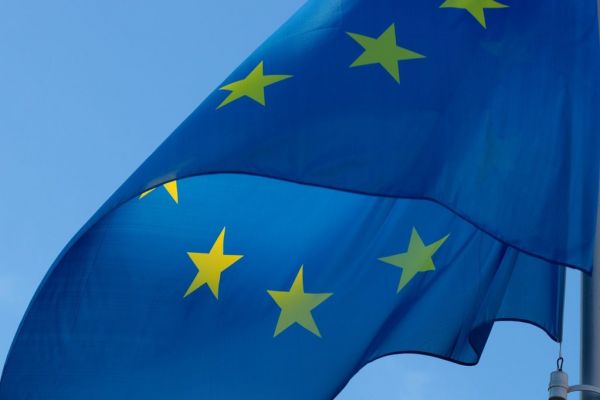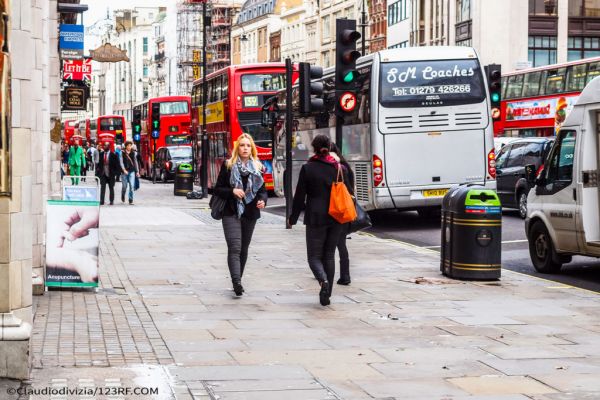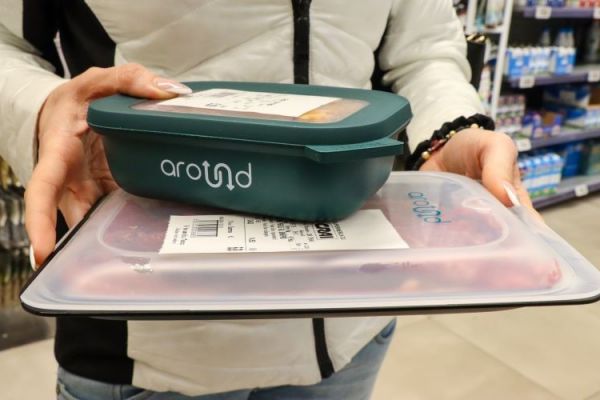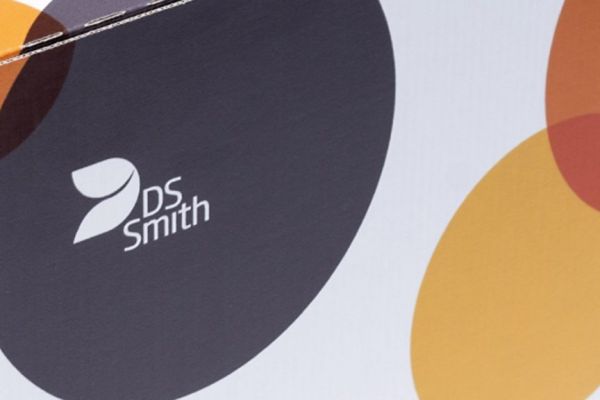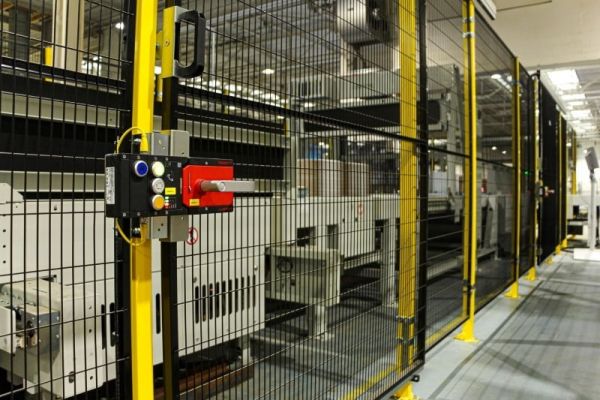Packaging is one of the most crucial decisions for food producers. Packaging not only has to keep contents fresh and undamaged through shipping and on shelves, but their appearance matters, too. Attractive product packaging is essential for marketing and brand recognition. Emily Newton reports.
In the busy world of retail, appearances count. Studies show that 81% of consumers tried something new because its packaging caught their eye, and 52% have switched brands because of new packaging.
Attractive product packaging makes something stand out from everything else on the shelf. As markets grow increasingly crowded and consumers form strong brand loyalties, that’s becoming increasingly important. An aesthetically pleasing package can also cause shoppers to associate positive feelings and ideas with a product.
Shoppers may ignore unappealing packaging if they like the product enough, but they won’t try it in the first place if it doesn’t catch their eye. So, while keeping food fresh remains the primary goal of snack packaging, it’s also important to be visually appealing.
How to Create Attractive Product Packaging
What constitutes a good-looking package will vary between products and target markets. Still, there are some consistent considerations to keep in mind. Here’s how you can create attractive product packaging.
1. Align Packaging With Your Brand Identity
One of the most important factors in package aesthetics is keeping consistent brand identities. Your packaging’s colours, text, typography, materials and design should all reflect your brand’s values or those of your target market.
Minimalist packaging with bold text highlighting ingredients may be ideal for healthy snacks and brands that want to embrace transparency. Alternatively, packaging with bold colours and sharp geometric shapes could suggest excitement, powerful flavours and a sense of childlike enthusiasm.
Begin by asking what your brand stands for and what’s important to your audience. What sets this product apart from alternatives? All other design considerations should flow from the answers to these questions.
2. Choose Colours Carefully
Colour is one of the most important factors when it comes to packaging design. Remember that different shades elicit different responses in customers. Red evokes excitement and quick action, while blue creates a more relaxed air, suggesting reliability and thoughtfulness. Buyers may not consciously notice these factors, but they’ll play a crucial role in buying decisions.
Consider how the colours you choose work together, too. High contrast, which occurs with hues on opposite sides of the colour wheel, will make things stand out and catch the eye. While that’s good for grabbing attention, some brands may prefer to use more subdued shades to create an air of refinement and maturity.
Keep in mind that specific colour associations can vary between cultures. You may want to change your branding between different markets.
Read More: Top 5 Packaging Design Trends For 2023
3. Consider the Materials
You can also give off different messages through your packaging materials. Thin plastics and foil can make colours pop and make a product feel fast and affordable. Conversely, thicker, harder materials like glass and metal make products seem luxurious and top-quality. Exposed, textured cardboard may give things a more rural, homegrown feel.
Sustainability is another crucial concern when selecting packaging materials. The world dumps millions of pounds of garbage into oceans and rivers every year, harming natural environments. As consumers grow more eco-conscious, they’ll prefer products with recyclable or biodegradable packaging.
Paper and cardboard packaging is important to 73% of U.K. consumers when considering a brand’s sustainability. A third have also rejected products because of unsustainable packaging, so this issue is increasingly important.
4. Highlight Crucial Information
Attractive product packaging also depends on the words on the label. An effective package makes it easy for the target audience to understand everything they’d want to know about the product. What that is specifically varies between products and their intended market.
Healthier food products should emphasise things like calorie content or nutrients. That could include large print telling buyers how little sugar or how much protein is in a serving. Conversely, flavours or the amount of food in a package may be more important if taste and value are the most important selling points.
5. Balance Form and Function
It’s also important to ensure your product’s packaging aesthetics don’t get in the way of their function. An unusual container shape may stand out, but if it looks difficult to open or manage, consumers may not want to buy it.
Convenience can go beyond your packaging’s original intent. The reason 63% of consumers prefer paper and cardboard packaging is because they can reuse it. If your product’s packaging looks like it could easily serve another purpose, it may be more valuable to customers.
Attractive product packaging means different things to different audiences. However, if businesses understand their target market, they can refine these five strategies to make the most eye-catching packaging possible. They can then reach new customers, build brand loyalty and make more sales. [Photo by Kenny Eliason]
© 2022 European Supermarket Magazine – your source for the latest Packaging And Design news. Article by Emily Newton, Revolutionized. Click subscribe to sign up to ESM: European Supermarket Magazine.
